Key Facts
- Strategic placement of furniture is essential to make the home feel inviting and properly scaled.
- The choice of colors in staging should aim for neutrality and harmony, avoiding overly personalized or clashing palettes that could detract from the home’s appeal.
- Brighten spaces and remove personal items to showcase your home’s best features clearly.
Home staging is an effective strategy to elevate your property’s market value. However, even with the best intentions, some common mistakes can diminish your efforts and potentially lower your home’s selling price. Here’s a closer look at what to avoid to ensure your staging enhances rather than diminishes your home’s appeal.
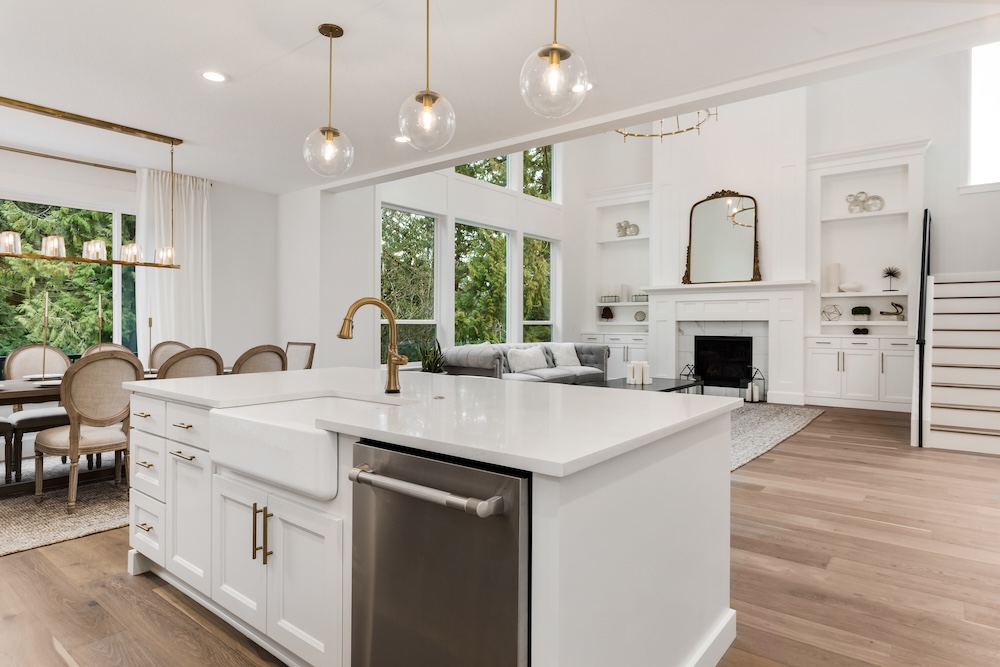
Overfilling the Space
One frequent mistake is cramming too much furniture into a space. This is particularly true in smaller spaces, where oversized furniture can make a room feel cramped and chaotic. Opt for a few well-chosen pieces that accentuate the space without overwhelming it. Similarly, excessive or oversized accessories can detract from the home’s natural charm. Remember, when staging, less is often more.
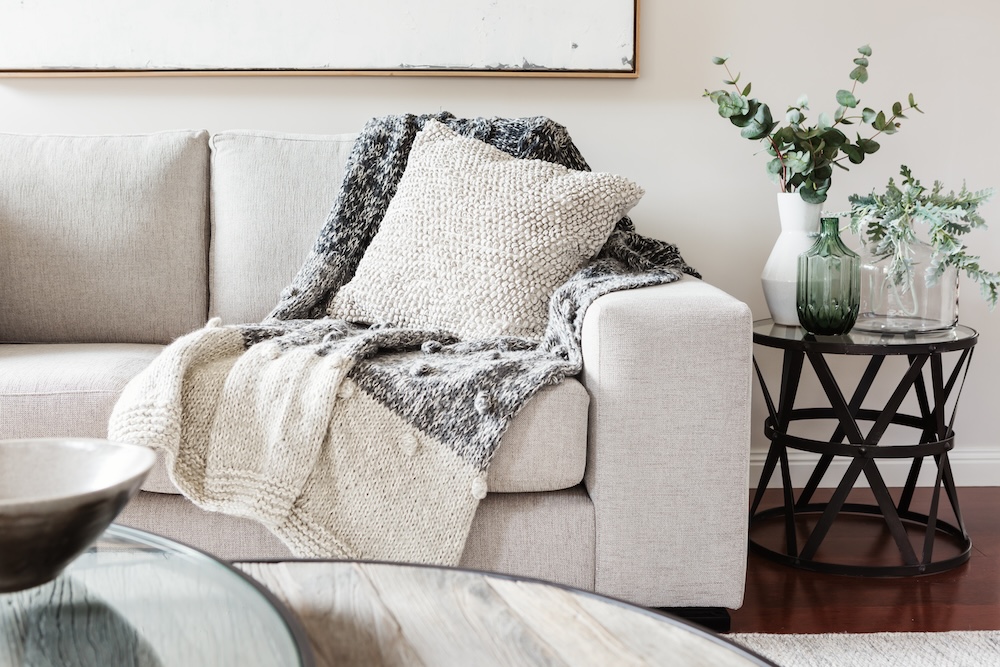
Leaving Rooms Vacant
Conversely, leaving rooms empty can also hinder buyers’ ability to envision the home’s potential. A completely vacant room feels cold and uninviting. Strategic placement of minimal furniture can define the space and suggest its potential without requiring a large investment.

Uncoordinated Color Schemes
While personal taste in colors varies widely, staging should always aim to appeal to the broadest audience. Avoid the pitfall of using too many conflicting colors, which can make spaces feel smaller and less cohesive. Instead, use two or three shades from the same color family to create a sense of harmony and spaciousness.
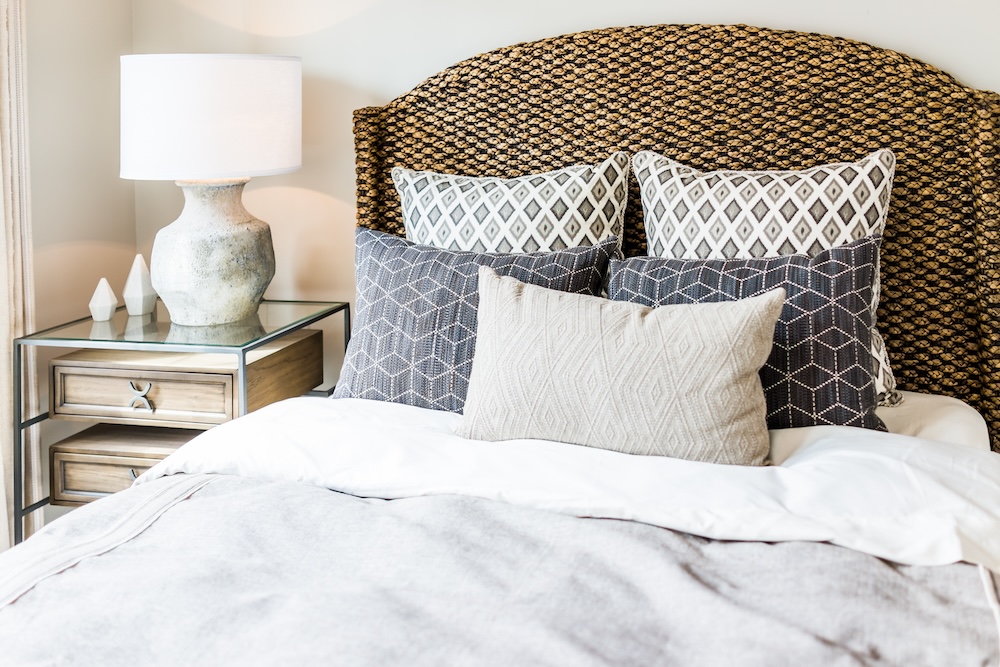
Keeping the House Dark
A dark home can appear unwelcoming and smaller than it actually is. Maximize lighting by opening curtains, adding fixtures, and ensuring that each area is well-lit. This not only highlights your home’s best features but also creates a lively, attractive ambiance.
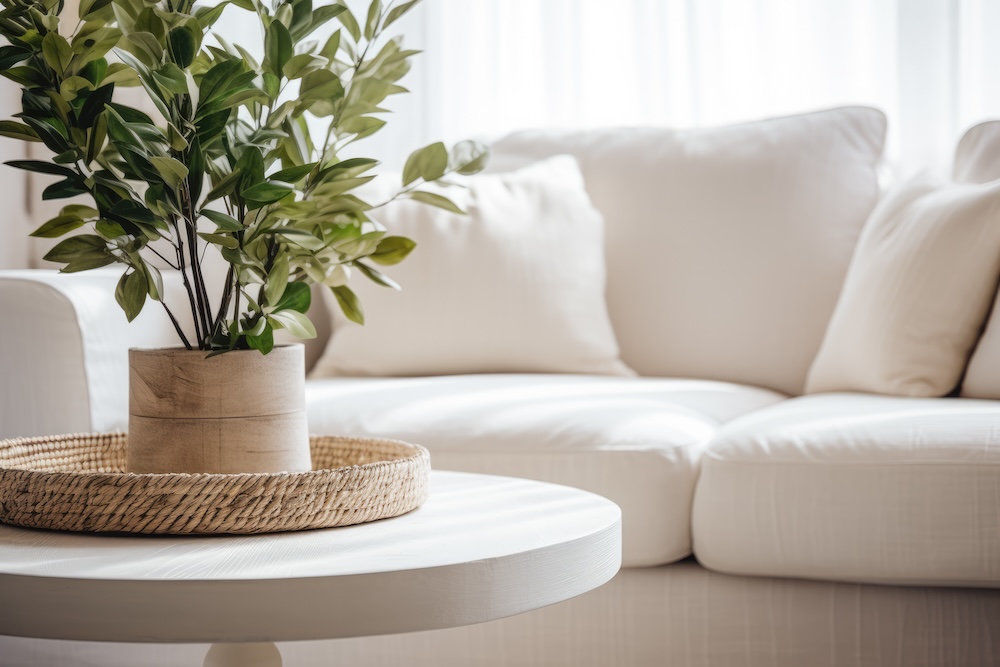
Displaying Too Many Personal Items
Overpersonalization can hinder buyers from picturing themselves in the space. While staging, aim for a neutral environment that suggests livability without including too many personal belongings. This helps potential buyers imagine their own lives unfolding in the space.
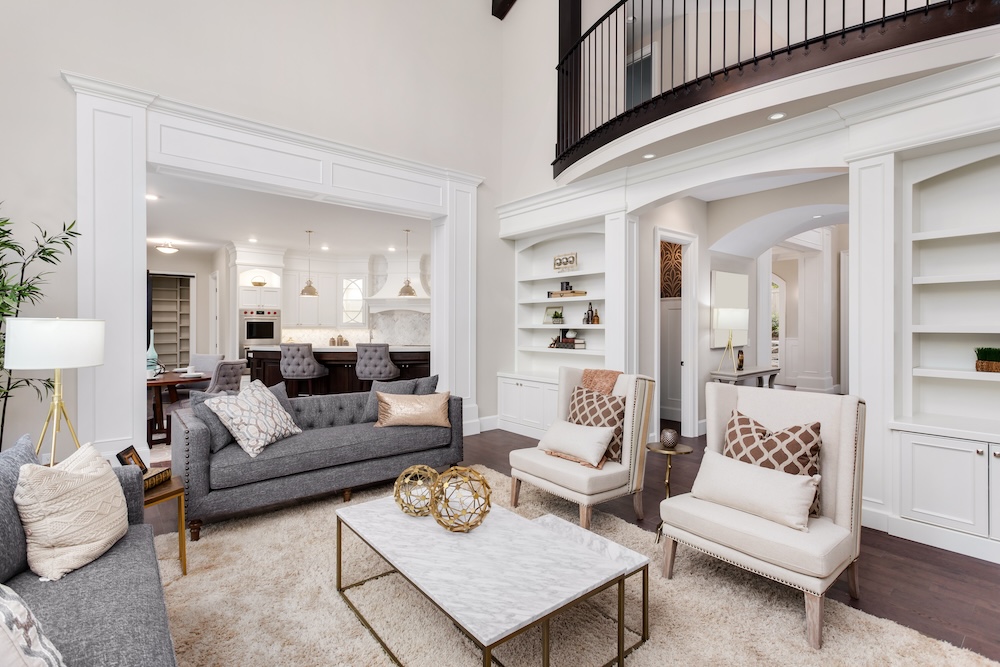
Neglecting the Exterior
First impressions are crucial. The exterior of your home is the first thing a buyer sees, so ensure it is as inviting as the interior. Simple improvements like trimming bushes, planting flowers, and ensuring the entrance is welcoming can make a significant difference.

Maximizing Your Home’s Value Through Smart Staging
While home staging can dramatically increase the likelihood of selling your home quickly and for a good price, it’s essential to avoid these common pitfalls. Consult with a real estate agent to tailor your staging efforts appropriately, balancing cost and impact to showcase your home at its best.
The post Staging Mistakes That Can Hurt Your Property’s Value appeared first on Dakno Blog.
